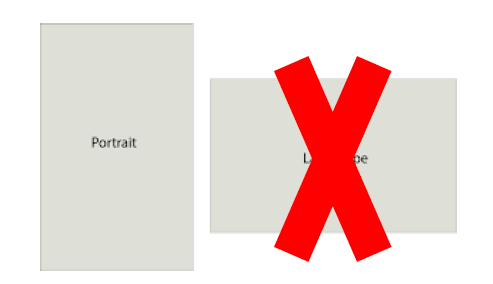Submit one image (photo or drawing) in portrait* format alongside a max 400-word text and find out!
As archaeologists and heritage professionals, we are aware of the past in a way that others may not be. Our dedication to history also makes us more sensitive to where and when we see the past in the present: where it comes alive, where the public interacts with it and where it has perhaps greater or different meanings and presence today. Tradition, history, and heritage can be stable, or they can change. Some sites may be adapted or interpreted at different times in different ways. This may give them different or changing positions or relations with the public. The past is a major part of the present, as the world in which we live offers myriad archaeological reminders of times gone by.
Once again, TEA welcomes submissions to a photojournalism competition which illustrate the great depth and breadth of archaeology and which include short answer essays on the following theme:
PRESENT PASTS & PASTS PRESENT
How to enter
Submissions should be made online via this link by 31 July 2025 at 23:59 CET. Each entry should include a single high-resolution (600 DPI) portrait-style image (.tif or .png) with an accompanying text (max 400 words).

The text should describe the subject matter of the photo, its location, archaeological relevance and a few lines relating it to archaeological sites or materials still visible today, or to ways in which the modern era has absorbed or incorporated the past into the present. The text should be a .word file, and should also include a thumbnail of the image described. In your email text, please state your full name, institution (if you wish it to be posted) as well as your EAA membership number. Please include ‘TEA Photojournalism competition 2025’ in the subject line of the email.
By submitting an image to the competition, you confirm that you have or have obtained copyright permission, that you provide permission for TEA to print the image in question as a cover, should your entry be among the winners and you also extend permission to the EAA to use the image with accreditation in its promotional materials.
What you can win
The three winning entries will have their EAA membership fees waived for 2025 and will receive certificates describing them as “TEA Photojournalist of the Year 2025”. The images will feature on the winter, spring and summer issues of TEA, and will be announced as TEA’s Photojournalists of 2025.
Rules of the competition
You must be a current EAA Member to enter.
Each Member may submit only one entry, so choose wisely.
You may only submit an image on your own behalf.
The image must be oriented in portrait to potentially fit the cover of a future TEA issue.
You must have copyright permission for the image and you must agree to provide permission to TEA to reprint the image. This includes the possibility of the image being included in a future issue of TEA spotlighting the entries of the competition.
All subject material which answers the competition theme will be considered, though it must also be appropriate to being a cover of TEA.
Any questions should please be addressed to TEA editors Samantha S. Reiter and Matthew J. Walsh at tea@e-a-a.org.
Judging Criteria
After closing date, all submissions will be evaluated by a panel (including both professional photographers as well as archaeologists). Those short-listed will be notified by end of August that their entry has been selected for the second round of the evaluation process, which will be by popular vote by Members of the EAA. Before the voting begins, shortlisted entries will be spotlighted on EAA’s social media channels alongside their texts before the final vote. Winners will be notified by end of October.
*Please note that images which are not in portrait orientation will not be accepted. If you have an image that you would like to contribute that is square or in landscape format you must crop it to portrait format before submitting it to the competition.
Go back to top